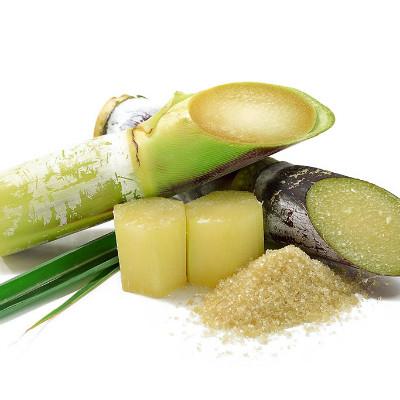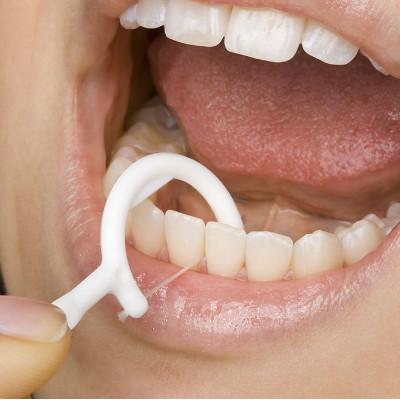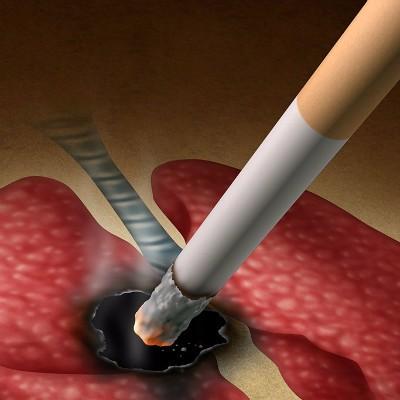What are the symptoms of ascariasis
summary
A few days ago, I found that the child didn't want to eat, and he would grind his teeth when he went to bed at night. After the examination, I found that the child had Ascaris lumbricoides. What are the symptoms of Ascaris lumbricoides?
What are the symptoms of ascariasis
The first case is ascariasis, which causes fever, general discomfort and urticaria when ascariasis migrates in the host. After arriving at the lung, it may cause cough, asthma, bloody sputum and other symptoms. Severe cases may have chest pain, dyspnea and cyanosis. X-ray examination of the lung shows migratory infiltrative shadow, which is clinically known as allergic pneumonia or Leffler's syndrome. The number of eosinophils in peripheral blood increased significantly, and Ascaris was found in sputum of about 10% patients. Ascaris lumbricoides is a common childhood disease, but also a need to pay attention to the situation in peacetime, and in the Ascaris disease, children will have a lot of symptoms.
Second, intestinal ascariasis, common symptoms are umbilical pain, loss of appetite, hunger, diarrhea, constipation, urticaria, children salivation, molars, irritability, etc., severe malnutrition. Once the parasitic environment changes, such as high fever, Ascaris lumbricoides can be twisted into a mass in the intestinal cavity, blocking the intestinal cavity and forming Ascaris lumbricoides intestinal obstruction. The patient has severe paroxysmal abdominal colic, especially in the umbilical region, accompanied by nausea and vomiting, and can spit out Ascaris lumbricoides. The abdomen can touch the movable dachshund like mass. Sometimes ascaris intestinal obstruction can develop into strangulated intestinal obstruction, volvulus or intussusception, which must be treated in time. Ascaris lumbricoides can also pass through the intestinal wall, causing intestinal perforation and peritonitis.
Third, ectopic ascariasis. Ascariasis has the habit of drilling holes. When the intestinal parasitic environment changes, it can leave the intestinal tract and enter other organs with holes, causing ectopic ascariasis. The following are common: ① biliary ascariasis is more common in children and young adults, and it is more common in women. Predisposing factors include high fever, diarrhea, pregnancy, childbirth, etc. The decrease of gastric acid during pregnancy, the displacement of intestinal tract caused by enlarged uterus, and the increase of intestinal peristalsis induced by strong uterine contraction during delivery can promote Ascaris lumbricoides to retrograde to bile duct. The onset of the disease is sudden, right upper abdominal deviation in severe paroxysmal colic, drilling like feeling, the patient tossing restlessness, nausea, vomiting, can spit out Ascaris lumbricoides. There was no pain or only slight pain during the interictal period. If Ascaris lumbricoides enters the liver, it can cause Ascaris liver abscess, and surgical treatment must be carried out as soon as possible. ② Pancreatic ascariasis is usually complicated with biliary ascariasis, and its clinical signs are like acute pancreatitis. ③ Appendiceal ascariasis is more common in children, because the diameter of the appendix root is wide, it is easy for ascariasis to drill in. The clinical signs of the disease are similar to acute appendicitis, but the nature of abdominal pain is colic, frequent vomiting and perforation, which should be treated as soon as possible.
matters needing attention
Ascaris lumbricoides is a common disease, we should pay attention to the prevention in peacetime, especially pay attention to the daily health habits, wash hands before meals and after defecation, do not eat raw vegetables and fruits, do not drink raw water, prevent eating Ascaris eggs, reduce the chance of infection.









